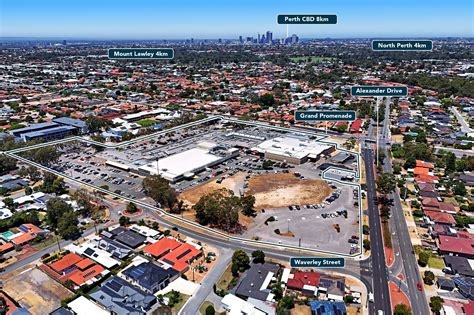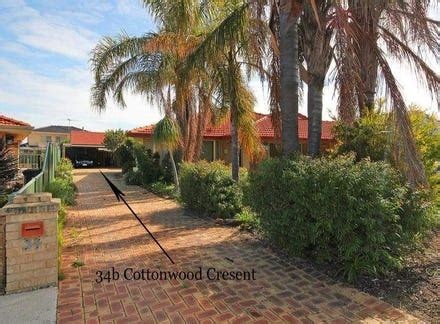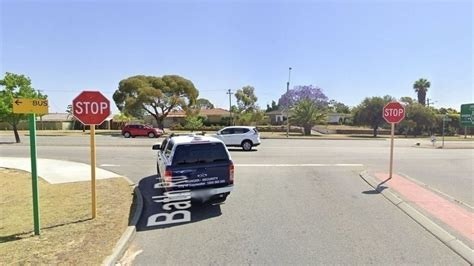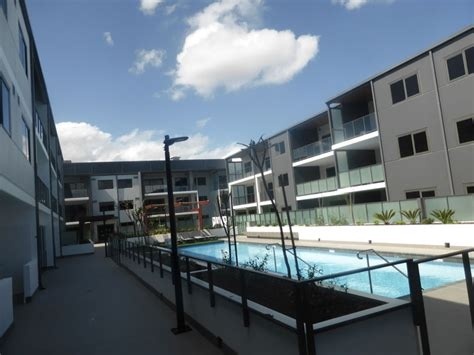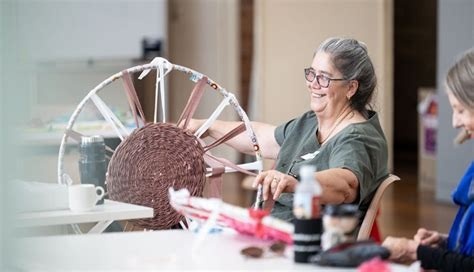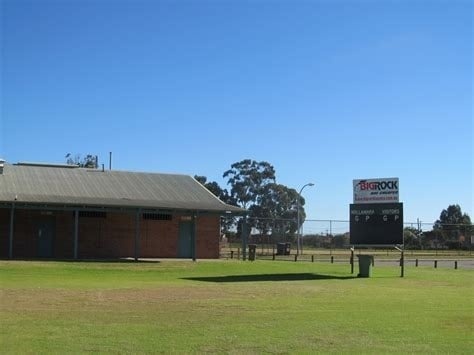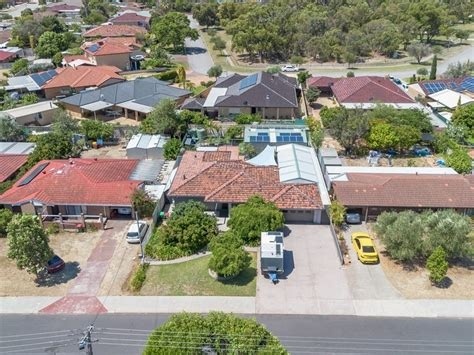Chart Color Schemes
est. as @ -- *
ABS ERP | -- people | --
2021 Census | -- people
Sales Activity
Curious about local property values? Filter the chart to assess the volume and appreciation (including resales) trends and regional comparisons, or scroll to the map below view this information at an individual property level.
Find a Recent Sale
Sales Detail
Population
An assessment of population growth drivers in Dianella - North reveals an overall ranking slightly below national averages considering recent, and medium term trends
As of August 2025, Dianella - North's population is approximately 12,908, reflecting an increase of 981 people since the 2021 Census. The ABS estimated resident population in June 2024 was 12,684, with an additional 115 validated new addresses recorded after the Census date, contributing to this growth. This results in a population density ratio of 1,995 persons per square kilometer, exceeding national averages assessed by AreaSearch. Dianella - North's population growth rate of 8.2% since the census is within 0.4 percentage points of the national average of 8.6%. Overseas migration was the primary driver of population gains in recent periods. AreaSearch uses ABS/Geoscience Australia projections released in 2024, with a base year of 2022 for each SA2 area.
For areas not covered by this data and to estimate growth post-2032, AreaSearch employs the growth rates by age cohort provided by the ABS in its Greater Capital Region projections released in 2023, based on 2022 data. Projecting forward with current demographic trends, Dianella - North is expected to experience above median population growth. By 2041, the area's population is projected to increase by 2,203 persons, representing a total increase of 15.3% over the 17-year period based on the latest population numbers.
Frequently Asked Questions - Population
Development
Residential development activity is slightly higher than average within Dianella - North when compared nationally
Dianella - North granted approximately 58 residential approvals annually. The Australian Bureau of Statistics reports 292 approvals between FY20-FY25, with 4 in FY26 so far. Each dwelling built averages 2.9 new residents yearly over the past five financial years. New homes are constructed at an average cost of $490,000.
This year, $4.9 million in commercial approvals have been registered. Compared to Greater Perth, Dianella - North has about 62% of building activity per capita and ranks in the 45th percentile nationally, indicating relatively limited buyer choice. This reflects the area's maturity and possible planning constraints. New building activity comprises 86.0% standalone homes and 14.0% townhouses or apartments, maintaining Dianella - North's suburban character focused on family homes.
With approximately 398 people per approval, it suggests a mature market. Population forecasts predict an increase of 1,979 residents by 2041, with building activity keeping pace but potentially heightening competition among buyers as the population grows.
Frequently Asked Questions - Development
Infrastructure
Dianella - North has moderate levels of nearby infrastructure activity, ranking in the 45thth percentile nationally
Changes to local infrastructure significantly impact an area's performance. AreaSearch has identified 14 projects that may affect the region. Notable initiatives include Water Corporation Pipe Renewal Works in Nollamara, Galleria Shopping Centre Redevelopment, Mirrabooka Regional Open Space Upgrades for Perth Glory, and Stirling Community Centre - Nollamara Re-roof. The following list details those most likely to be relevant.
Professional plan users can use the search below to filter and access additional projects.
INFRASTRUCTURE SEARCH
Frequently Asked Questions - Infrastructure
Stirling Better Suburbs Urban Renewal Strategy
Urban renewal and planning program led by the City of Stirling to coordinate infill housing, higher activity around centres and corridors, improved transport use, and better public realm across Balga, Dianella, Mirrabooka, Nollamara and Westminster. Workstreams are delivered through the Local Planning Strategy and related tools including the Better Suburbs Neighbourhood Centres Local Development Plan.
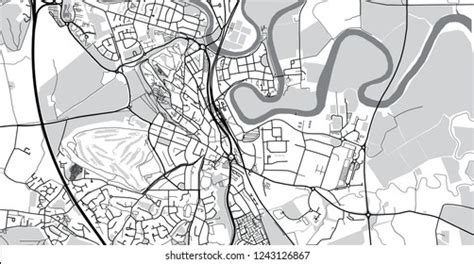
Galleria Shopping Centre Redevelopment
$350 million redevelopment expanding from 73,365 to 180,235 square metres. Will increase car bays from 4,086 to 7,200. Major expansion planned through to 2031 with new retail, dining and entertainment facilities. Includes 5MW solar photovoltaic roof installation.
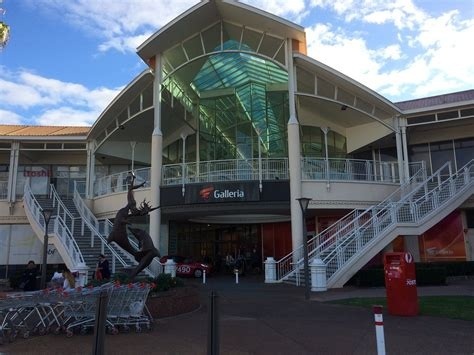
Morley Station Precinct Development
Transit-oriented development around new Morley Station including mixed-use residential, retail and commercial spaces. Part of broader METRONET precinct planning to create walkable communities around new stations.
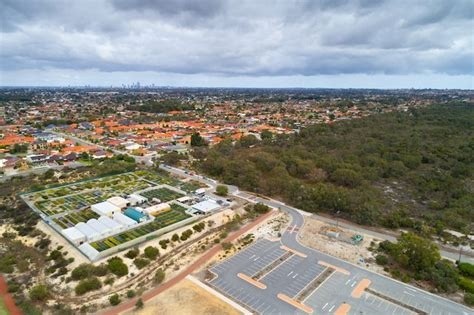
Perth Active Transport Network
Expansion of Perth's cycling and walking network including new bike paths, pedestrian infrastructure, and active transport connections throughout the metropolitan area. Includes connections through Nollamara and surrounding suburbs.
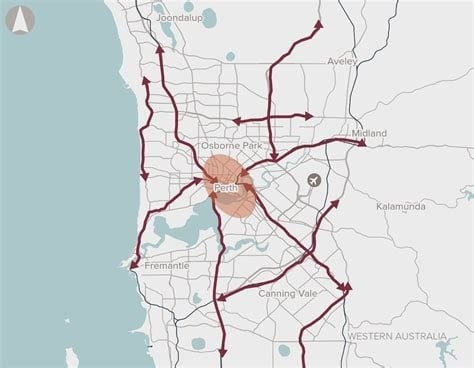
Mirrabooka Regional Open Space Upgrades for Perth Glory
Upgrades at Mirrabooka Regional Open Space to establish Perth Glory's integrated training and administration base. Works included turf establishment, lighting and changeroom improvements, and upgrading two soccer pitches to A-League standard, supporting community clinics and school visits. Perth Glory's administration is now based at Stirling Leisure - Mirrabooka with training at the adjacent open space.
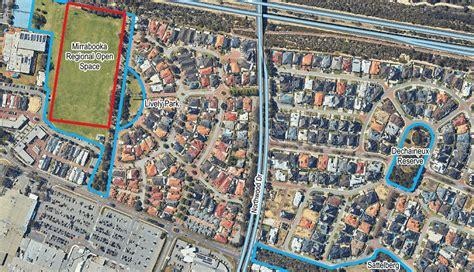
City of Stirling Local Planning Scheme No. 4 (LPS4)
Draft Local Planning Scheme No. 4 to replace LPS3 across the City of Stirling. The scheme simplifies the planning framework, introduces specialised residential land uses (including aged care), and removes some apartment development restrictions in low-density areas to reduce complexity. Public consultation closed on 24 January 2025. The City has forwarded the draft, with submissions, to the Western Australian Planning Commission for consideration, prior to a final decision by the Minister for Planning. Last official project page update noted on 28 July 2025.
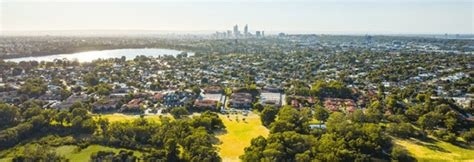
City of Stirling Infrastructure Program 2024-25
Comprehensive infrastructure upgrade program across City of Stirling including road improvements, park upgrades, community facilities and drainage works. Serving population of 243,000+ across 100km2 area.
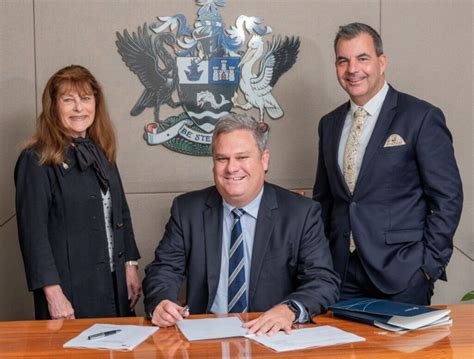
Water Corporation Pipe Renewal Works - Nollamara
Systematic renewal of aging water reticulation pipes throughout Nollamara to improve water quality, pressure, and reliability for residents. Part of Water Corporation's ongoing infrastructure upgrade program.
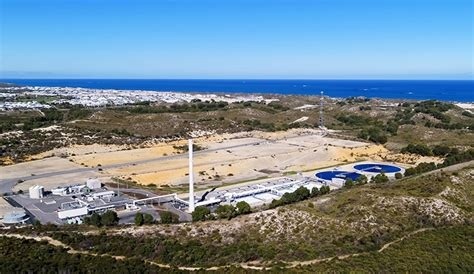
Employment
Employment conditions in Dianella - North demonstrate strong performance, ranking among the top 35% of areas assessed nationally
Dianella - North has an educated workforce with diverse sector representation and a low unemployment rate of 2.9%. Over the past year, there was estimated employment growth of 4.7%.
As of June 2025, 7,007 residents are employed while the unemployment rate is 1.0% lower than Greater Perth's rate of 3.9%, with workforce participation at 61.5%. Key industries include health care & social assistance, retail trade, and construction. Retail trade has notable concentration, with employment levels at 1.4 times the regional average. Mining, however, is under-represented at 3.7% compared to Greater Perth's 7.0%.
The area appears to have limited local employment opportunities. Over the 12 months to June 2025, employment increased by 4.7%, labour force grew by 4.0%, resulting in a 0.7 percentage point decrease in unemployment. In contrast, Greater Perth had employment growth of 3.7% and labour force growth of 3.8%, with a slight rise in unemployment. State-level data to Sep-25 shows WA employment contracted by 0.82%, with an unemployment rate of 4.3%. National forecasts from May 2025 project national employment growth of 6.6% over five years and 13.7% over ten years, but local projections suggest Dianella - North's growth will be approximately 6.5% over five years and 13.5% over ten years.
Frequently Asked Questions - Employment
Income
Income analysis reveals strong economic positioning, with the area outperforming 60% of locations assessed nationally by AreaSearch
Dianella - North's median income among taxpayers was $55,179 in financial year 2022. The average income stood at $73,085 during the same period. These figures compare to Greater Perth's median and average incomes of $58,380 and $78,020 respectively. By March 2025, estimated median income would be approximately $61,585 and average income would be around $81,570, considering an 11.61% growth since financial year 2022. According to census data, household income ranks at the 58th percentile with a weekly income of $1,881, while personal income is at the 37th percentile. Income analysis shows that 27.9% of Dianella - North's population (3,601 individuals) falls within the $1,500 to $2,999 income range. After housing costs, residents retain 87.5% of their income, indicating strong purchasing power in the area. The SEIFA income ranking places Dianella - North in the 6th decile.
Frequently Asked Questions - Income
Housing
Dianella - North is characterized by a predominantly suburban housing profile, with above-average rates of outright home ownership
In Dianella - North, as per the latest Census, 83.8% of dwellings were houses with the remaining 16.2% being semi-detached homes, apartments, or other types of dwellings. This contrasts with Perth metro's figures of 59.6% houses and 40.4% other dwellings. Home ownership in Dianella - North stood at 45.1%, with mortgaged properties making up 36.0% and rented dwellings comprising 18.9%. The median monthly mortgage repayment in the area was $2,100, surpassing Perth metro's average of $1,950. The median weekly rent figure for Dianella - North was $320, lower than Perth metro's $350. Nationally, Dianella - North's median monthly mortgage repayment is higher than the Australian average of $1,863, while its median weekly rent is lower than the national figure of $375.
Frequently Asked Questions - Housing
Household Composition
Dianella - North has a typical household mix, with a higher-than-average median household size
Family households constitute 75.4% of all households, consisting of 38.6% couples with children, 26.6% couples without children, and 9.0% single parent families. Non-family households comprise the remaining 24.6%, with lone person households at 22.7% and group households making up 2.0% of the total. The median household size is 2.7 people, which is larger than the Greater Perth average of 2.4.
Frequently Asked Questions - Households
Local Schools & Education
Dianella - North shows below-average educational performance compared to national benchmarks, though pockets of achievement exist
Educational qualifications in Dianella - North trail indicate that 29.9% of residents aged 15+ hold university degrees, compared to the SA3 area's 37.1%. This difference suggests potential for educational development and skills enhancement. Bachelor degrees are most prevalent at 21.4%, followed by postgraduate qualifications (5.9%) and graduate diplomas (2.6%). Vocational credentials are also prominent, with 28.6% of residents aged 15+ holding such qualifications - advanced diplomas at 10.5% and certificates at 18.1%.
Educational participation is high, with 26.8% of residents currently enrolled in formal education, including 8.1% in primary, 7.6% in secondary, and 6.3% pursuing tertiary education. Dianella - North operates a robust network of 8 schools educating approximately 2,497 students, typical of Australian school conditions (ICSEA: 1002), offering balanced educational opportunities. The educational mix includes 3 primary, 4 secondary, and 1 K-12 school. School capacity exceeds residential needs at 19.3 places per 100 residents compared to the regional average of 14.5, indicating the area serves as an educational center for the broader region.
Frequently Asked Questions - Education
Schools Detail
Nearby Services & Amenities
Transport
Transport servicing is high compared to other areas nationally based on assessment of service frequency, route connectivity and accessibility
Transport analysis shows 80 active stops in Dianella - North, served by buses. These stops are covered by 24 routes, offering 7,224 weekly passenger trips. Residents' average distance to the nearest stop is 191 meters, indicating excellent accessibility.
Service frequency averages 1,032 daily trips across all routes, equating to around 90 weekly trips per stop.
Frequently Asked Questions - Transport
Transport Stops Detail
Health
Dianella - North's residents are healthier than average in comparison to broader Australia with a fairly standard level of common health conditions seen across both young and old age cohorts
Health data shows that Dianella - North residents have positive health outcomes, with common conditions seen across all age groups. About 56% (~7,228 people) have private health cover, compared to 59.9% in Greater Perth.
The most prevalent medical conditions are arthritis (7.5%) and mental health issues (5.9%). Around 71.5% of residents report no medical ailments, compared to 73.0% in Greater Perth. Approximately 24.0% (~3,100 people) are aged 65 and over, higher than the 18.3% in Greater Perth. Seniors' health outcomes are above average, similar to the general population's profile.
Frequently Asked Questions - Health
Cultural Diversity
Dianella - North is among the most culturally diverse areas in the country based on AreaSearch assessment of a range of language and cultural background related metrics
Dianella-North has high cultural diversity, with 39.8% speaking a language other than English at home and 43.0% born overseas by 2016 Census data. Christianity is the main religion, comprising 54.2%. Judaism, however, is overrepresented at 4.2%, compared to Perth's 1.4%.
Top ancestry groups are English (16.8%), Australian (14.7%), and Other (13.1%). Notable divergences include Macedonian (3.9% vs regional 1.5%), Italian (12.2% vs 7.2%), and Vietnamese (5.6% vs 1.7%).
Frequently Asked Questions - Diversity
Age
Dianella - North hosts an older demographic, ranking in the top quartile nationwide
The median age in Dianella - North is 45 years, significantly higher than Greater Perth's average of 37 years and Australia's median age of 38 years. Compared to Greater Perth, Dianella - North has a higher percentage of residents aged 75-84 (8.5%), but fewer residents aged 25-34 (10.9%). According to the 2021 Census, the 75-84 age group increased from 7.7% to 8.5%, while the 45-54 age group decreased from 13.9% to 12.5%. By 2041, demographic projections indicate significant shifts in Dianella - North's age structure. The 85+ age group is projected to grow by 139%, reaching 1,202 people from 503. Notably, the combined 65+ age groups will account for 77% of total population growth, reflecting the area's aging demographic profile. In contrast, both the 0-4 and 5-14 age groups are projected to decrease in number.
